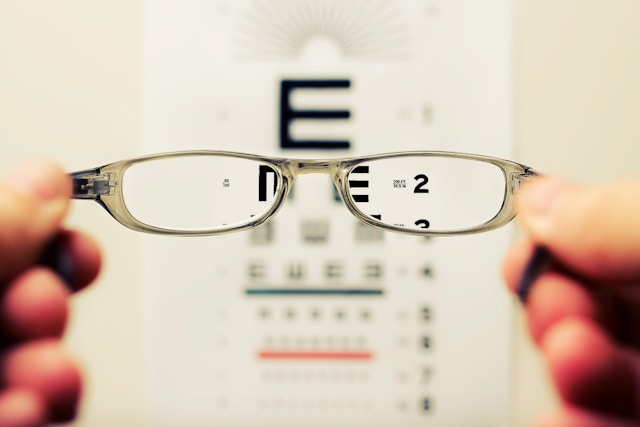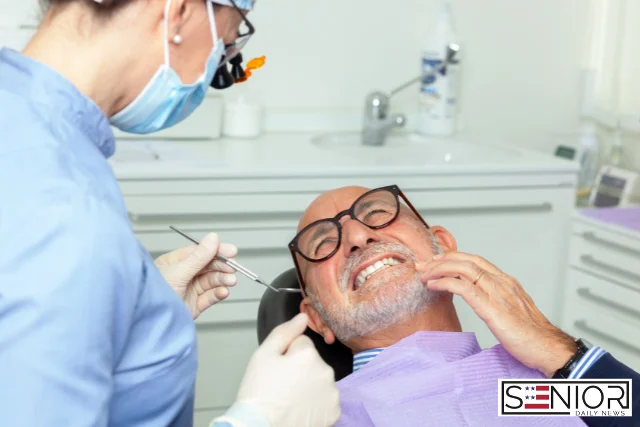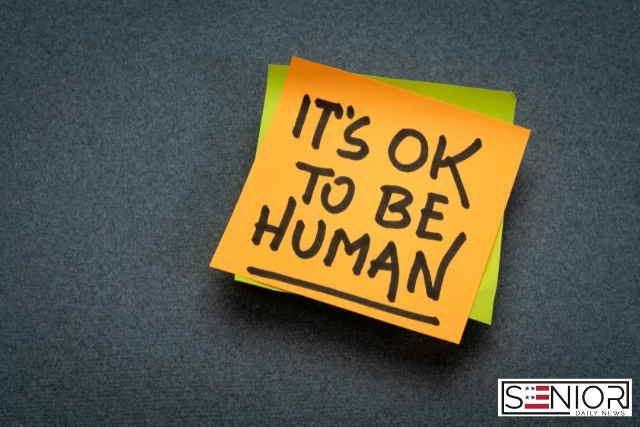Eyesight Challenges in Seniors: Causes and Solutions

As we age, changes in our vision are natural. However, maintaining good eyesight is crucial for independence, safety, and overall well-being. Many seniors experience common eye conditions that affect their ability to read, drive, and perform daily tasks. The good news is that most vision problems can be managed or treated with early detection and proper care.
Let’s explore the causes of eyesight challenges in seniors and practical solutions to keep your vision as sharp as possible.
Common Causes of Vision Problems in Seniors
1. Presbyopia (Difficulty Seeing Up Close)
- What It Is: A natural part of aging where the eye’s lens loses flexibility, making it hard to focus on close-up objects.
- Symptoms: Holding reading material at arm’s length, eye strain, or headaches.
- Solution: Reading glasses, bifocals, or progressive lenses can help.
2. Cataracts (Cloudy Vision)
- What It Is: A clouding of the eye’s natural lens, causing blurry or dim vision. Cataracts develop gradually and are very common in seniors.
- Symptoms: Blurry vision, glare from lights, faded colors, and difficulty driving at night.
- Solution: Regular eye exams can track cataract progression. When vision becomes significantly impaired, cataract surgery can restore clear sight.
3. Glaucoma (Increased Eye Pressure Leading to Vision Loss)
- What It Is: A group of eye diseases that damage the optic nerve due to high pressure inside the eye. It can lead to blindness if untreated.
- Symptoms: Early stages have no symptoms; later, there may be tunnel vision or blind spots.
- Solution: Regular eye exams are essential since early detection can prevent severe damage. Treatments include eye drops, medications, laser therapy, or surgery.
4. Macular Degeneration (Loss of Central Vision)
- What It Is: A condition that damages the macula (part of the retina), leading to loss of sharp central vision.
- Symptoms: Blurred or distorted vision, difficulty recognizing faces, and trouble reading.
- Solution: While there is no cure, treatment options such as special vitamins (AREDS2 formula), laser therapy, and anti-VEGF injections can slow progression.
5. Diabetic Retinopathy (Vision Loss Due to Diabetes)
- What It Is: A complication of diabetes that damages blood vessels in the retina.
- Symptoms: Blurred vision, floaters, dark areas, or vision loss.
- Solution: Managing blood sugar levels, regular eye check-ups, and laser treatments can help prevent severe vision loss.
Practical Solutions to Maintain Healthy Vision
1. Get Regular Eye Exams
- Schedule an eye exam at least once a year to catch problems early.
- If you have diabetes or a family history of eye diseases, more frequent check-ups may be necessary.
2. Eat a Vision-Friendly Diet
- Best Foods for Eye Health:
- Leafy greens (spinach, kale)
- Omega-3-rich fish (salmon, tuna)
- Nuts and seeds (walnuts, flaxseeds)
- Citrus fruits (oranges, grapefruits)
- Carrots and sweet potatoes (rich in Vitamin A)
3. Protect Your Eyes from UV Rays
- Wear sunglasses with 100% UV protection to prevent cataracts and macular degeneration.
- A wide-brimmed hat can also help reduce exposure to direct sunlight.
4. Manage Health Conditions
- Keep blood pressure, cholesterol, and blood sugar levels under control to prevent vision-related diseases like diabetic retinopathy and glaucoma.
5. Use Proper Lighting
- Increase lighting in your home, especially for reading and kitchen tasks.
- Use warm, bright LED lights to reduce glare and strain.
6. Limit Screen Time & Reduce Eye Strain
- Follow the 20-20-20 rule: Every 20 minutes, look at something 20 feet away for 20 seconds.
- Adjust screen brightness and use larger font sizes on devices for easier reading.
7. Stay Active & Exercise
- Physical activity improves blood circulation, which helps maintain eye health.
- Simple activities like walking, yoga, and stretching can benefit overall eye function.






